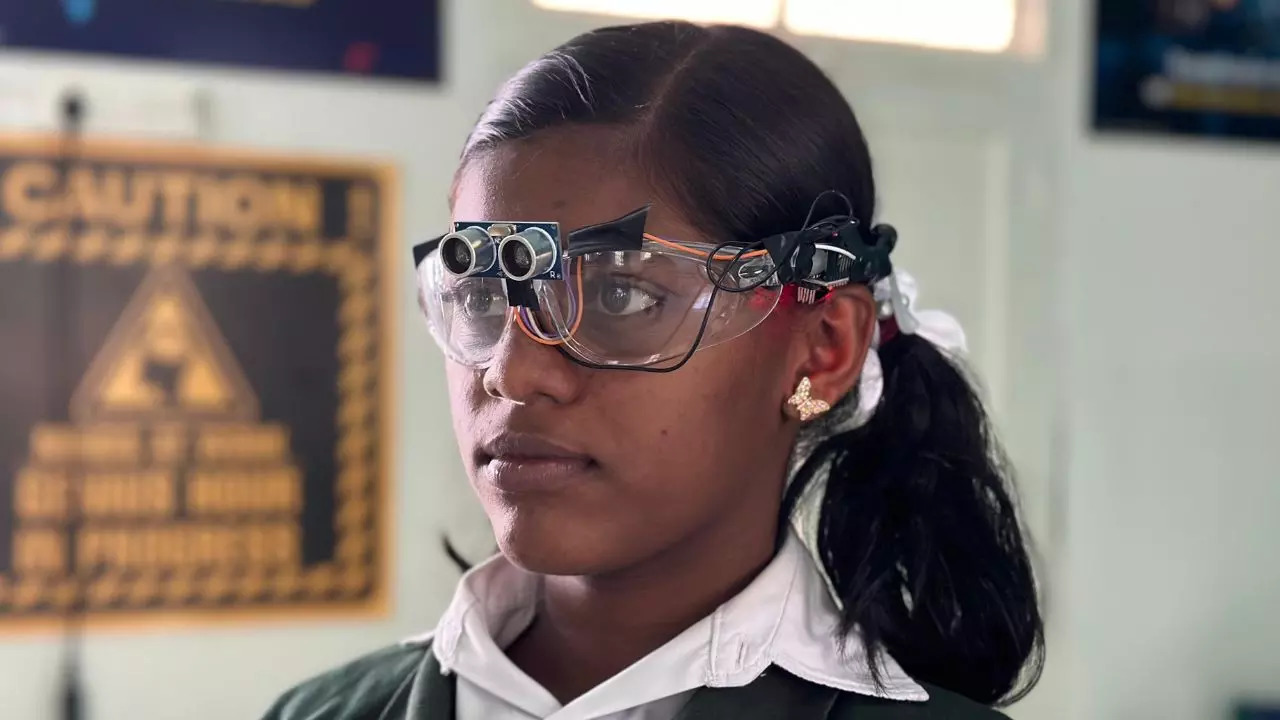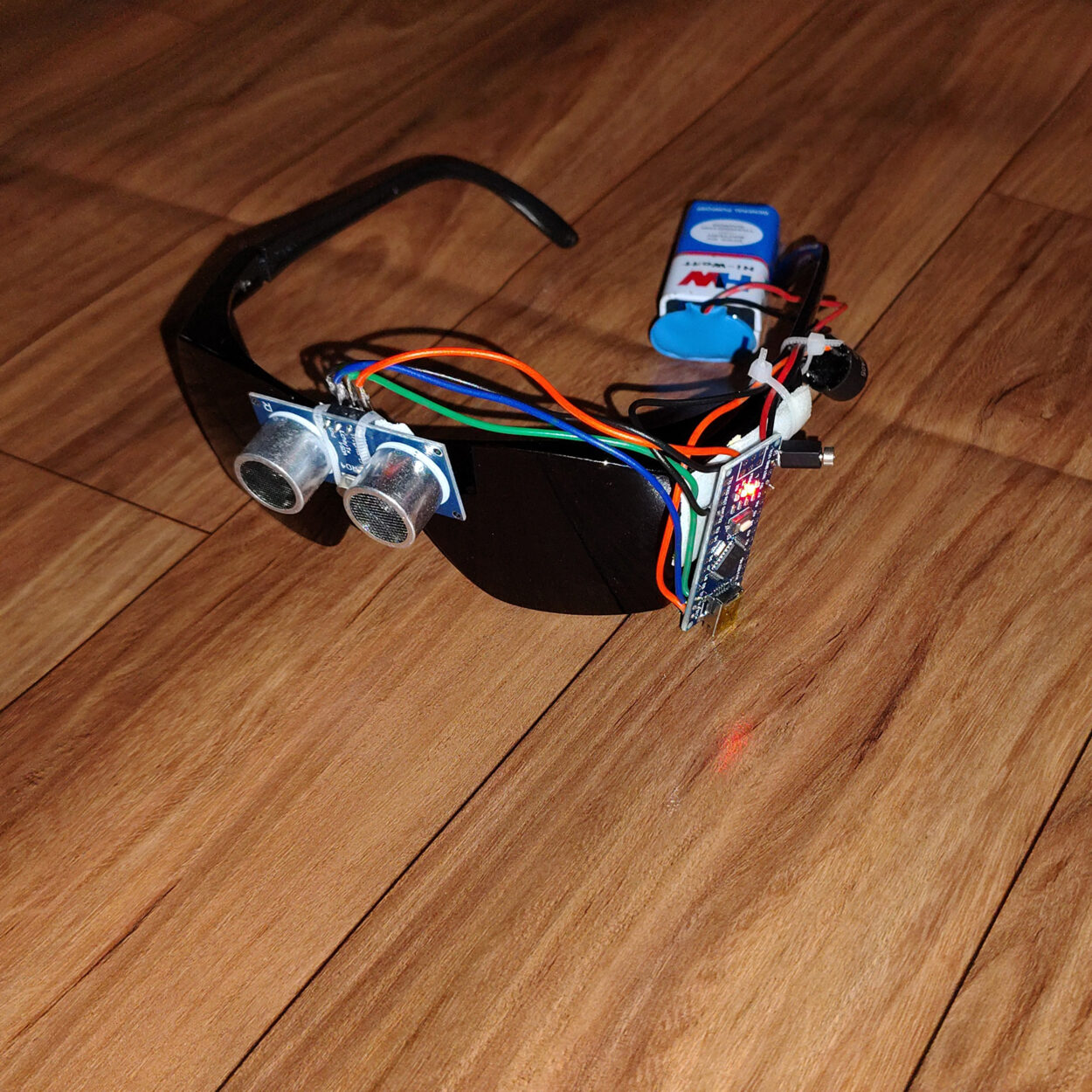Enhancing Accessibility With Assistive Modern Technology for the Blind
The assimilation of assistive innovation for the blind stands for an essential improvement in access, essentially modifying how people navigate their settings and involve with society. As we explore the diverse kinds of assistive gadgets and their substantial impacts on everyday living, it comes to be crucial to take a look at how continuous technical innovations are reshaping the landscape of assistance for the blind community.
Summary of Assistive Modern Technology
Assistive technology refers to an array of devices and software designed to enhance the capabilities of individuals with specials needs, consisting of those that are blind or aesthetically impaired. This modern technology plays an important role in advertising freedom and improving the lifestyle for individuals. By supplying alternate techniques for accessing details and carrying out daily tasks, assistive modern technology empowers individuals to navigate their environments better.
The growth and implementation of assistive technology embrace a variety of concepts targeted at fostering ease of access. These principles include user-centered design, which prioritizes the needs and preferences of the person, and the assimilation of modern technology right into day-to-day tasks. Such innovations make sure that assistive devices are not just functional but additionally user-friendly and very easy to utilize.
Additionally, assistive technology encompasses a varied spectrum of services, from low-tech options like magnifiers to high-tech technologies such as display readers and Braille displays. The ongoing advancement of this field is driven by the need to address the unique obstacles encountered by individuals with visual problems (Wearable technology for low vision). As innovation continues to advancement, the capacity for boosting availability and promoting inclusivity stays promising, eventually contributing to an extra equitable culture

Sorts Of Assistive Tools
Numerous kinds of assistive devices are readily available to support individuals that are blind or visually impaired, each designed to attend to specific demands and challenges. These gadgets can be generally categorized right into 3 main kinds: low-tech, mid-tech, and state-of-the-art services.
Low-tech tools include products such as magnifiers, Braille tags, and responsive maps. These are fairly easy devices that enhance the individual's capability to connect with their environment without needing intricate technology.
Mid-tech devices frequently involve extra sophisticated attributes, such as digital magnifiers and mobile Braille note-takers. These devices can provide performances like speech outcome, enabling individuals to gain access to info much more effectively.

Influence on Daily Living
The accessibility of different assistive tools substantially improves the lifestyle for individuals that are blind or visually damaged, influencing their everyday living in profound ways. By incorporating innovations such as screen viewers, Braille displays, and audio summary solutions into their regimens, users obtain greater freedom and self-reliance. These tools promote access to information, allowing people to do daily jobs, such as reading e-mails, browsing public areas, and enjoying media material.
Moreover, assistive gadgets encourage individuals to involve more fully in social interactions and area activities. The capability to make use of smartphones outfitted with ease of access functions permits seamless interaction and connection with others. This connection fosters a sense of belonging and lowers feelings of isolation.
In specialist settings, assistive technology sustains performance by allowing individuals to total job tasks effectively. Devices like voice acknowledgment software application and specialized zoom tools enable individuals to take part in the workforce on equal footing with their sighted peers.

Innovations in Modern Technology
Current technical advancements have considerably changed the landscape of tools available for individuals who are blind or visually impaired. The combination of expert system (AI) and machine knowing has triggered applications that enhance navigation and item recognition. For example, smartphone apps can now utilize AI to identify and describe environments in real-time, giving users with valuable contextual information.
In addition, innovations in haptic modern technology have actually caused the advancement of smart canes equipped with sensing units that identify barriers and supply tactile feedback. This encourages customers to navigate their atmosphere with increased self-confidence and self-reliance. Moreover, developments in text-to-speech software and braille display screens have actually enhanced the content ease of access of electronic material, Visit This Link allowing for smooth interaction with numerous media.
Wearable technologies, such as wise glasses, are additionally making strides in aiding visual problems. As modern technology continues to develop, the possibility for even more transformative tools continues to be on the perspective.
Future Trends and Innovations
As innovation quickly progresses, the future of assistive devices for people who are blind holds tremendous pledge. Advancements in synthetic intelligence (AI) and artificial intelligence are positioned to transform the way blind customers engage with their environments. As an example, AI-driven applications are being established to enhance things recognition, enabling customers to determine and navigate their environments with higher simplicity and accuracy.
Moreover, innovations in haptic comments technology are making it possible for the development of responsive maps and navigation aids that provide real-time info via touch. These developments not just enhance wheelchair but likewise foster freedom. Additionally, wearable gadgets geared up with increased truth (AR) features are emerging, using customers visual info through sound summaries, consequently bridging the void between the digital and physical worlds.
In addition, the integration of wise home modern technology presents new chances for availability, enabling people to control their living environments through voice commands or mobile phone applications. As partnership in between technology programmers and the blind community continues, the concentrate on user-centered design will guarantee that future technologies are customized to fulfill the unique needs of this population (Wearable technology for low vision). The trajectory of assistive innovation promises a more empowering and inclusive future for individuals who contact eye exam price are blind
Final Thought
In final thought, assistive technology plays a vital function in enhancing ease of access for people with visual disabilities. Continuous advancements in innovation and user-centered style make certain that these tools cater efficiently to the unique requirements of the blind community.
The combination of assistive technology for the blind represents a critical improvement in accessibility, essentially modifying exactly how people navigate their settings and engage with society.Assistive modern technology refers to a variety of devices and software program designed to improve the capacities of individuals with handicaps, including those who are blind or aesthetically impaired. Wearable technology for low vision.As technology quickly proceeds, the future of assistive tools for individuals that are blind holds immense assurance. The trajectory of assistive technology guarantees an extra comprehensive and empowering future for people that are blind
In conclusion, assistive technology plays a vital role in enhancing ease of access for people with visual problems.